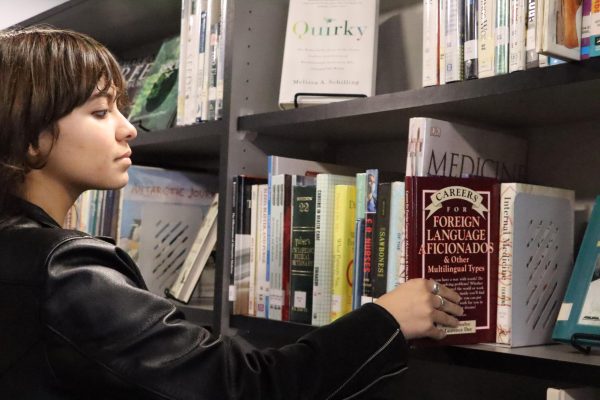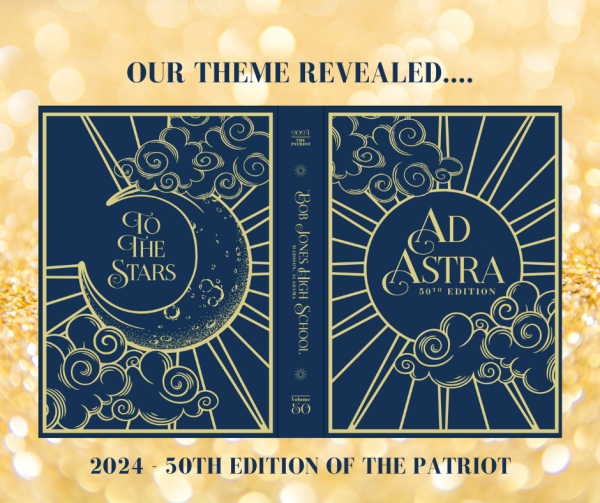AP Art Changes
January 30, 2020
This year, AP Art has had a redesign affecting how many pieces must be completed for the portfolio, which also acts as the class’s final exam. Now students have to write three parts about each piece, including process, materials, and ideas. Students can only 100 characters for each description. This includes spaces, periods, and anything that can be pressed on the keyboard. It makes it hard to explain a piece if it has a complex, in-depth meaning or if the process is hard to explain. Some trade-offs, however, are that only fifteen images of the students’ works must be submitted and that the writing doesn’t take that long. The fifteen images can include a picture of each piece, a close up picture of a piece, and a picture of the process of making the piece. Last year, 24 individual pieces had to be submitted, and no closeups or process pictures could take up a spot.
The feelings are mixed. On one hand, this new system strives to make people think like artists and is a great thing for that. “From what I’ve heard about last year’s process, I would’ve preferred that over the sustained investigation this year. But it does make you put more ‘thought’ into your piece. It’s still a lot to take in though,” said Anaya Chambers, a senior in AP Art.
Some students feel that it seems to unnecessarily complicate things. Sherry Lee, a senior, said she “preferred the old way of requiring the breadth section because I could explore different aspects of art and use pieces that I already made before.”
The new system seems to have come about very fast, without taking enough time to get students accustomed to it. Lael Anderson, a senior in AP art, said, “The current portfolio process sort of stresses me out. I get the feeling it will be more alright toward the end when I have more pieces, but as of now, I don’t feel like I have enough. All of the rules and standards feel really vague, and AP seems to be playing everything a little fast and loose.”
Some are pleased with the changes. Robin Lakso, an art teacher at Bob Jones, said the new system is “really about how artists think and work. You have an idea, you pose a question, and you figure out how to tell your story.” The focus on inquiry guided investigation really helps students think more like artists and in some ways reduces the workload.
The change is a big one, but it seems to be for the better, though it might take some time to adapt.












